The Yamaha Fjr1300 is a powerful and reliable touring motorcycle that has been a staple in the market for over a decade. However, like any machine, it is not without its problems.
If you are an FJR1300 owner, you know that even the most well-maintained bike can develop issues over time. While some problems can be minor and easily fixed, others can be more serious and require professional attention. We will address some of the most common Yamaha Fjr1300 problems and provide the information you need to fix them.
We aim to provide practical solutions to help you keep your Fjr1300 running smoothly for years. From electrical issues to brake problems and everything in between, we will cover various topics to help you diagnose and repair your motorcycle quickly and efficiently.
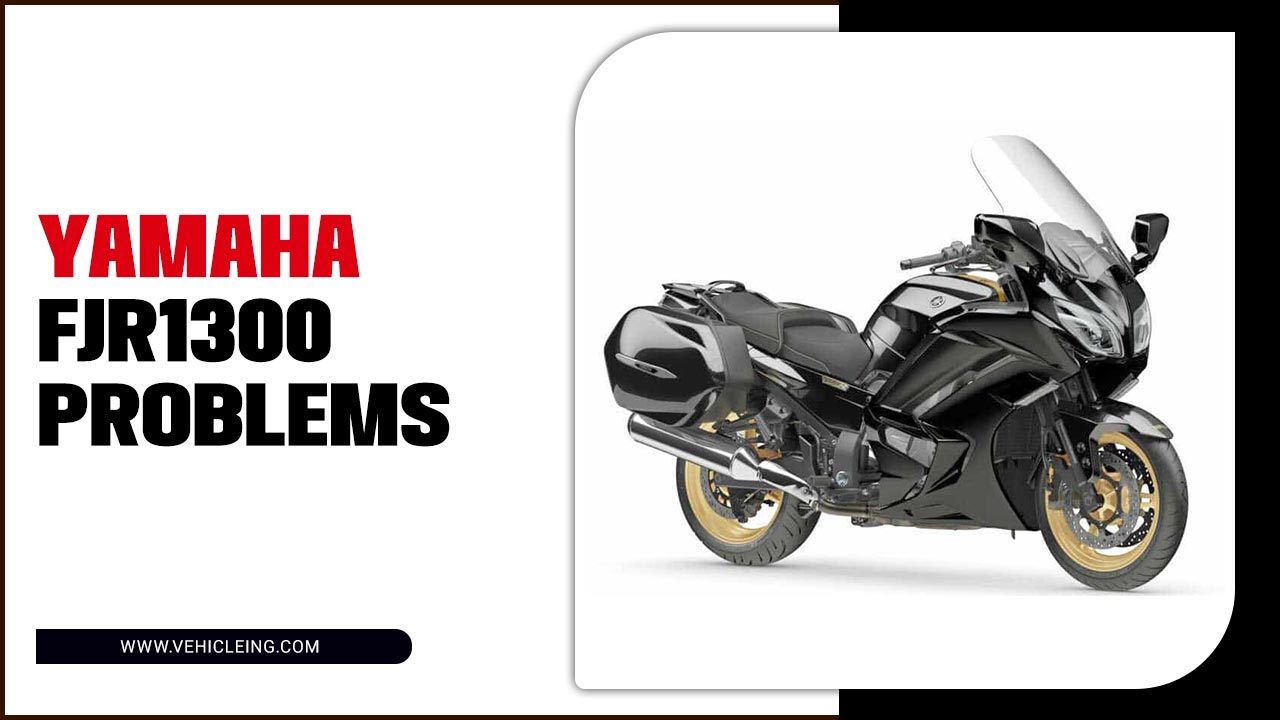
Yamaha FJR1300 (2001-Current) Specs
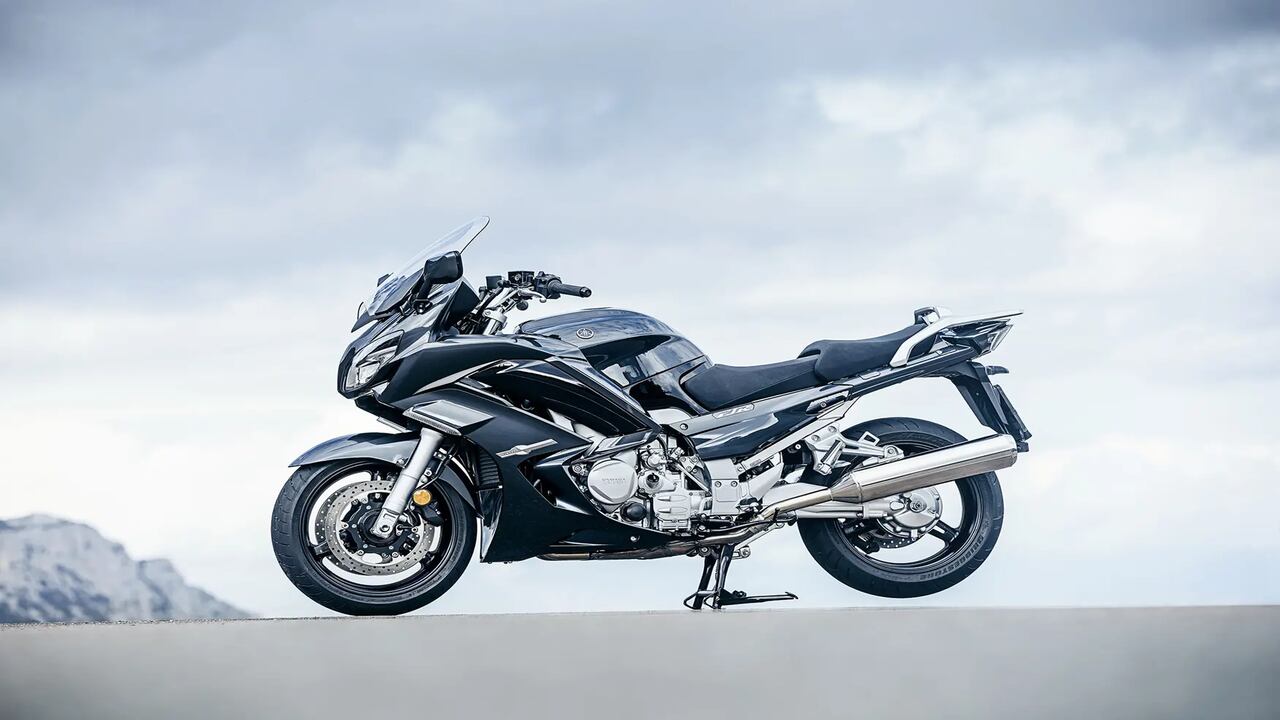
The Yamaha FJR1300 (2001-current) models are known for their impressive performance and advanced features. With a powerful engine and smooth throttle response, these bikes provide an exhilarating drive. The large screen display offers clear visibility of vital information while riding. Enthusiasts can find valuable discussions and answers on online forums dedicated to Yamaha FJR1300. The cruise control and ABS brakes ensure a safe and comfortable ride, while the electronic suspension models provide customizable settings for optimal handling and comfort.
Other useful features of this motorcycle include adjustable electronics for better riding position control in different weather conditions. You can add luggage accessories such as top boxes or panniers to increase carrying capacity on long rides. Here is an informative chart on the specifications of the Yamaha FJR1300 (2001-current):
| Specification | Yamaha FJR 1300 (2001-current) |
| Engine | 1298cc, liquid-cooled, inline 4-cylinder |
| Power | 146 horsepower |
| Torque | 102 lb-ft |
| Transmission | 6-speed manual |
| Fuel System | Fuel injection |
| Front Suspension | 48mm telescopic forks |
| Rear Suspension | Single shock, adjustable preload and rebound damping |
| Front Brake | Dual 320mm discs, 4-piston calipers |
| Rear Brake | 282mm disc, single-piston caliper |
| ABS | Standard |
| Wheelbase | 60.8 inches |
| Weight | 635 lbs |
| Fuel Capacity | 6.6 gallons |
| Seat Height | 31.7 inches |
| Colors Available | Phantom Blue, Matte Raven Black, Cobalt Blue, Liquid Graphite, and more. |
| Price (2021) | Starting at $17,999 |
The Yamaha Fjr 1300 has a high-performance engine, delivering impressive power and acceleration. With its ergonomic design and advanced suspension settings system, the FJR 1300 provides a smooth and comfortable ride, even on long journeys. The FJR 1300 is a relatively heavy and large motorcycle, which may make it less maneuverable in tight spaces or city riding. The exhaust valve guides on the Yamaha FJR1300 can sometimes develop issues.
Pros
- Powerful engine
- Comfortable riding experience
- Versatile touring capabilities
- Advanced technology features
Cons
- High maintenance costs
10 Common Yamaha FJR1300 Problems And Solutions
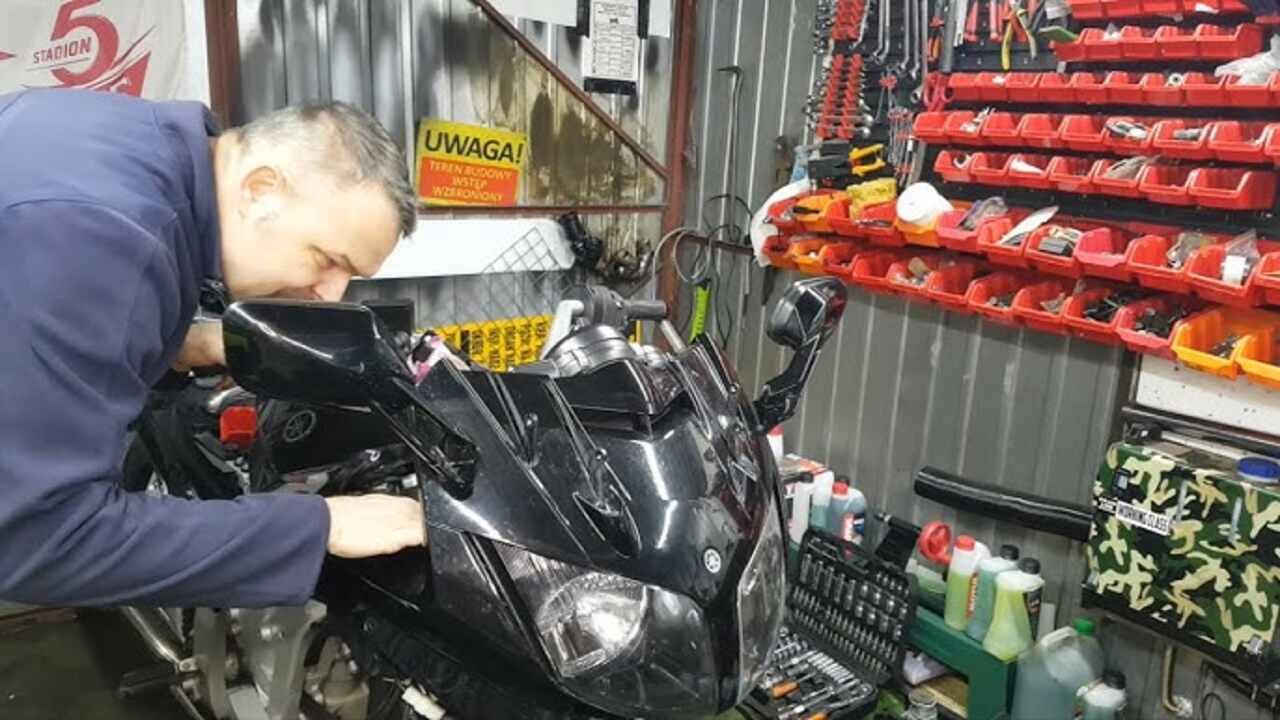
As an FJR owner, it’s possible to experience some common problems with your Yamaha motorcycle after riding many miles. The Yamaha FJR1300 is a popular motorcycle known for its powerful engine and smooth ride. However, like any machine, it is not immune to problems. Here are 10 common Yamaha FJR1300 problems that owners may encounter, along with their solutions:
1.Battery Issues
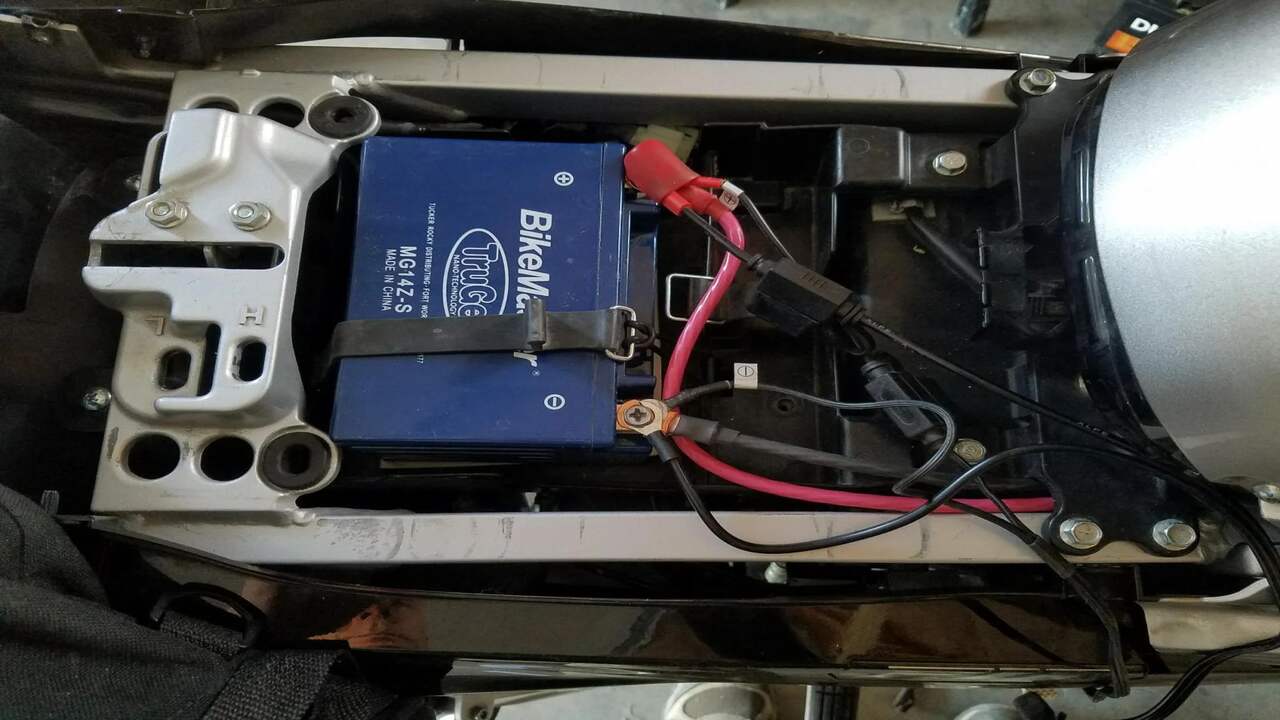
Battery issues are common among motorcycle owners. The Yamaha FJR1300 is no exception, as several factors, such as old age, improper maintenance, and electrical faults, could cause it. To prolong the lifespan of your motorcycle’s battery, it is best to conduct regular maintenance and proper storage. Replacing the stock battery with an aftermarket could improve its quality and longevity.
Furthermore, installing a battery tender or trickle charger would help maintain a consistent charge, especially during off-season periods. If you encounter any electrical faults that could affect your motorcycle’s battery health, always seek professional help from a qualified mechanic.
2.Stator Problems
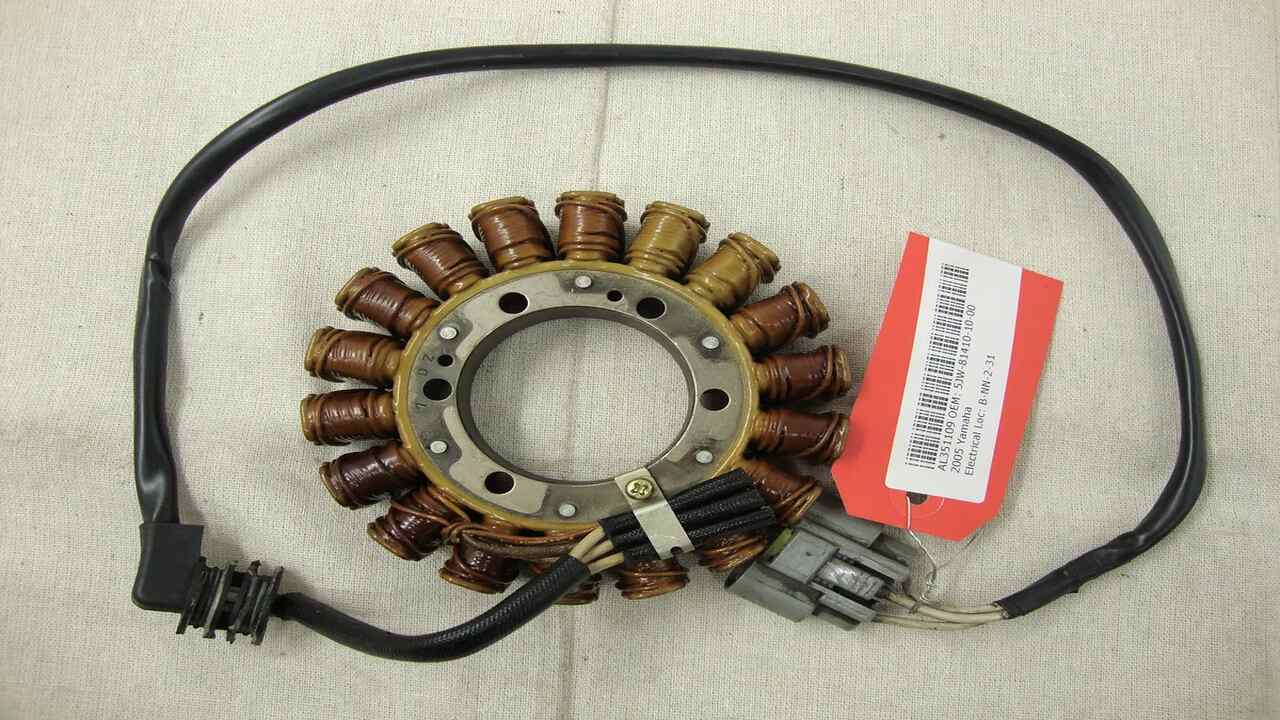
If you own a Yamaha FJR1300, you should be aware of stator problems that might occur while riding. Dimming headlights, difficulty starting your motorcycle, or even a dead battery are some signs of stator issues. Worn-out wiring and faulty regulators/rectifiers are common causes of these problems. However, inspecting and maintaining your motorcycle regularly can prevent such issues.
Moreover, the best solution for fixing stator problems is by replacing them. Do not overlook any unusual readings on your gauges while riding, as they might point towards underlying issues with your motorcycle’s electrical components. For professional assistance, always consult a certified mechanic.
3.Regulator Rectifier Failure
In Yamaha FJR1300 motorcycles, one of the most common issues riders face is regulator rectifier failure. This component plays a crucial role in regulating the voltage from the alternator and can malfunction due to overheating or other reasons.
The symptoms of a faulty regulator rectifier include dimming headlights, difficulty starting the bike and even a dead battery. To fix this issue, you should replace it with another original Yamaha part or consider upgrading to an aftermarket product, which will help prevent similar failures in the future.
4.Engine And Transmission Problems
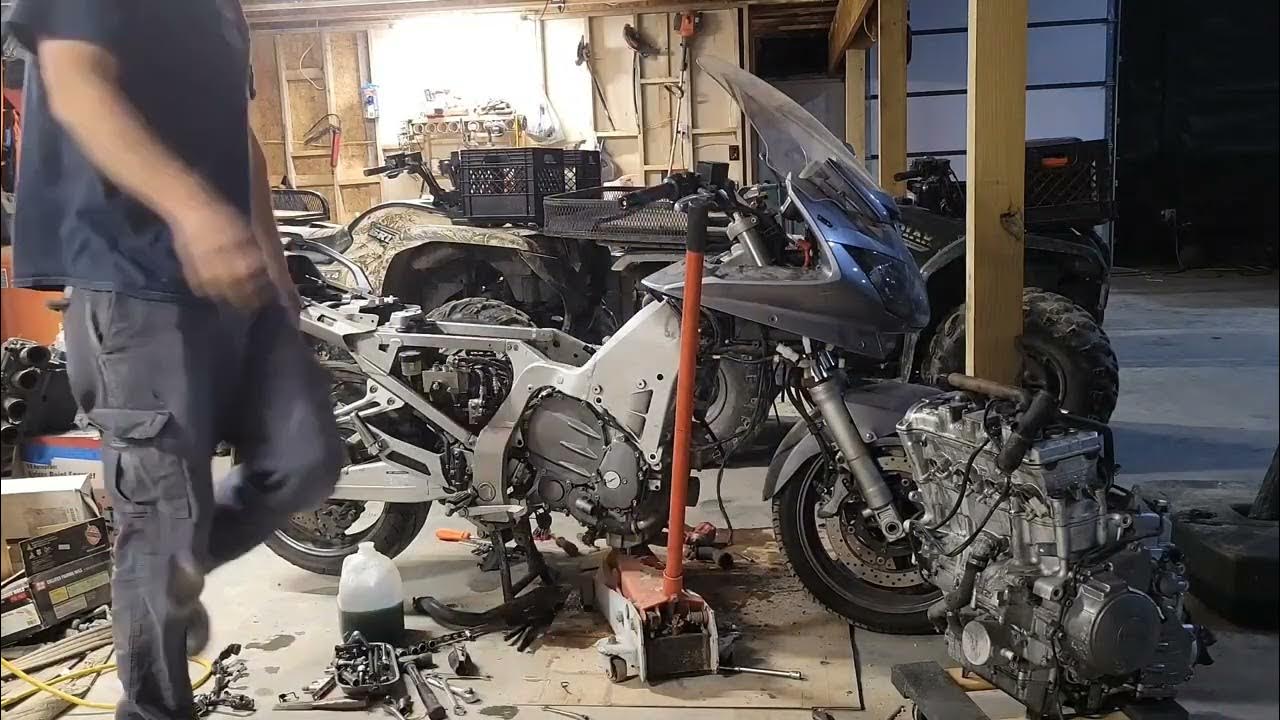
Engine and transmission issues with Yamaha FJR1300 can be caused by low oil levels, dirty air filters & worn-out engine parts affecting mileage & torque. Riding improper closing gear shifting or not changing the oil regularly can lead to overheating. Regular service & periodic inspection of valves can prevent unusual vibrations while riding.
The only thing left to enjoy your ride on this motorcycle is weather protection, along with a top box & panniers for luggage. Also available with electronic suspension & ABS model rear brake system for more comfortable long rides.
5.Clutch Issues
One common problem that Yamaha FJR1300 owners may encounter is issues with the clutch lever. Symptoms of clutch issues can include difficulty changing gears, slipping or grabbing, and unusual noises or vibrations. If you are experiencing any of these symptoms, having your clutch system inspected by a qualified technician as soon as possible is important.
Some potential causes of clutch problems on the FJR1300 include worn clutch plates, a damaged clutch basket, or an issue with the hydraulic system. Regular maintenance and inspections can help prevent clutch issues and ensure your bike runs smoothly.
6.Gear Shifting Problems
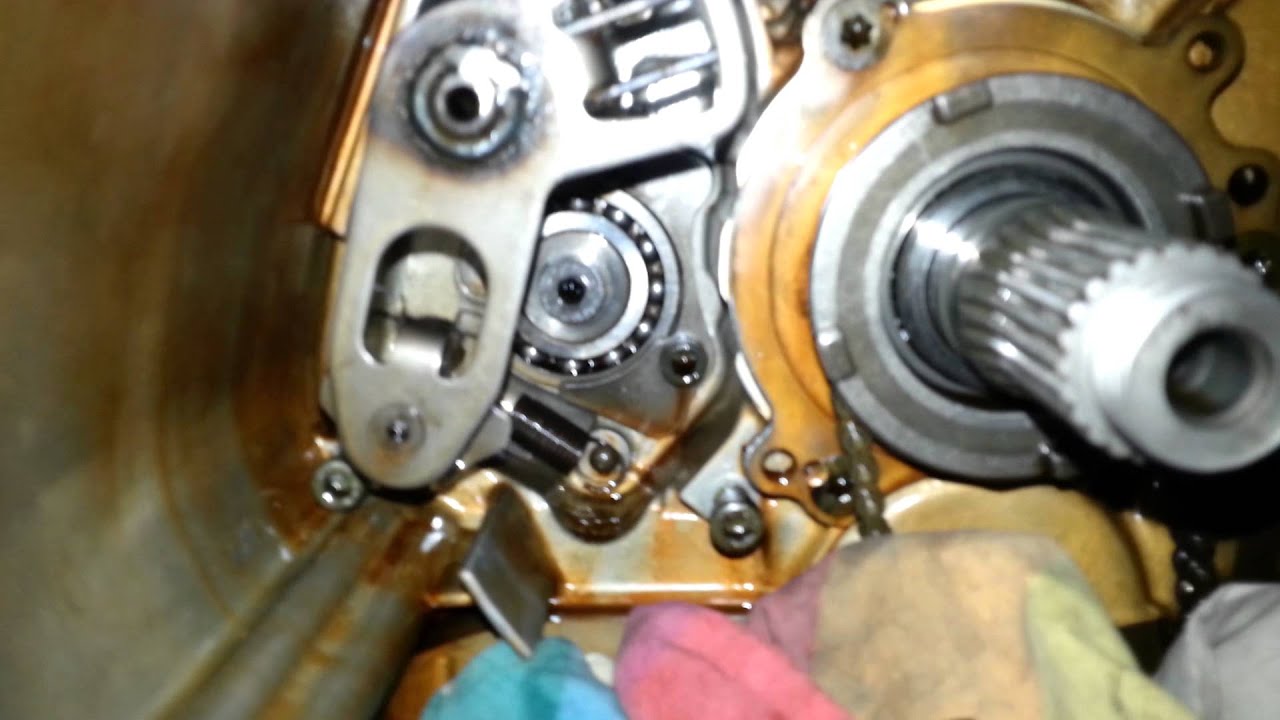
If you own a Yamaha FJR1300 motorcycle and face trouble with gear shifting while riding on the road, several things could be causing this problem. These reasons may include low transmission fluids levels or worn-out clutch plates, eventually leading to slipping gears and grinding noises.
Regular maintenance checks can go a long way in preventing these issues from occurring in the first place. Other solutions involve repairing shift forks or adding more transmission fluid if needed. Riders who have switched to aftermarket adjustable suspension systems or top boxes have experienced much smoother riding experiences.
7.Engine Overheating
One must ensure regular maintenance and inspection to avoid engine overheating in a Yamaha FJR1300. Low coolant levels, malfunctioning thermostats, or clogged radiators are common causes of overheating. Replacing the coolant, checking and replacing the thermostat or cleaning/replacing the radiator can fix this issue.
It’s crucial to address overheating promptly to prevent further motorcycle damage. Riders may also want to consider aftermarket parts such as adjustable suspension for better riding comfort.
8.Oil Consumption
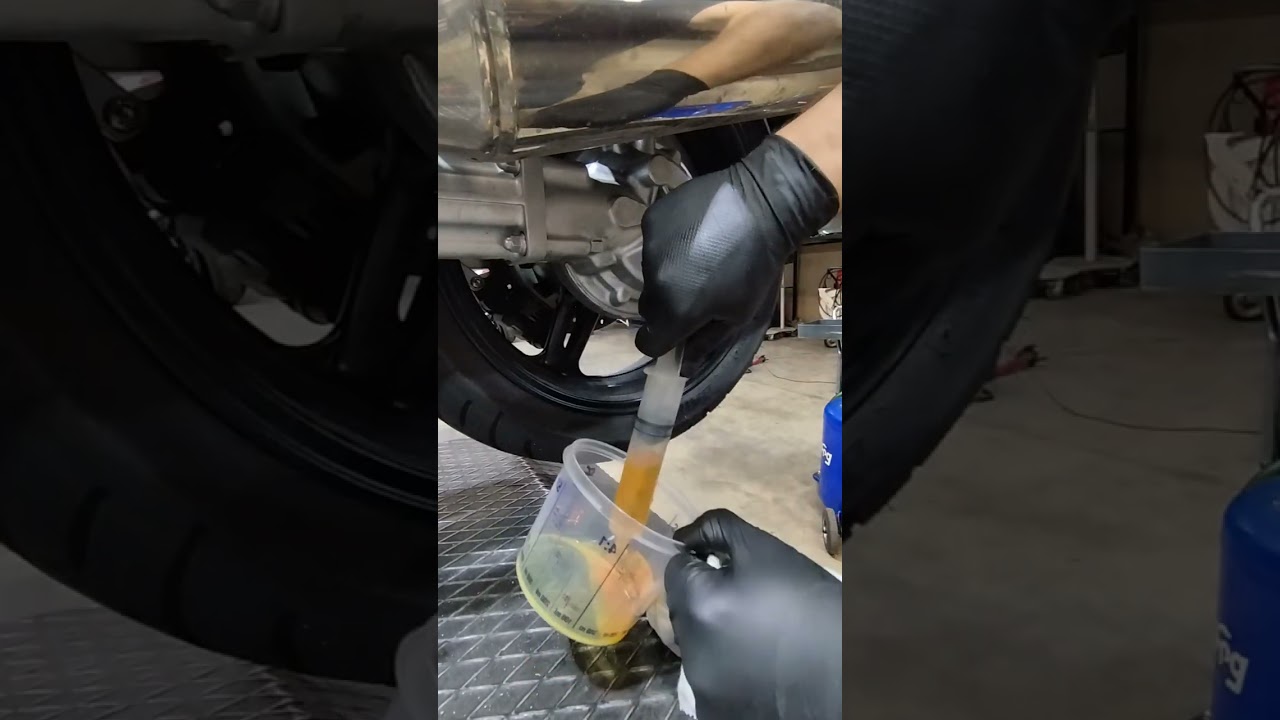
One common problem reported with the Yamaha FJR1300 is excessive oil consumption. Some riders have experienced a significant drop in their oil levels after just a few hundred miles, which can lead to engine damage if not addressed promptly. This issue may be caused by a faulty piston ring or valve seal, which can cause oil to leak into the combustion chamber and burn off.
If you notice that your FJR1300 is consuming more oil than usual, it is important to have it inspected by a qualified mechanic as soon as possible to prevent further damage to your engine. Regular maintenance and monitoring of your oil levels can also help prevent this problem from occurring in the first place.
9.Suspension And Braking
Issues related to suspension and braking are quite common in Yamaha FJR1300 motorcycles; for instance, leaky rear shock absorbers or failed ones can impact stability while handling. Besides, warped front brake rotors cause pulsations while applying brakes. Replacing damaged parts with quality aftermarket options is advisable.
Also, regular maintenance involving inspection of tire pressure and brake fluid levels helps prevent these problems. While riding an FJR motorcycle, ensuring proper weather protection and riding position matters the most. Also, accessories like top boxes or panniers must be securely attached to avoid accidents.
10.Brake Issues
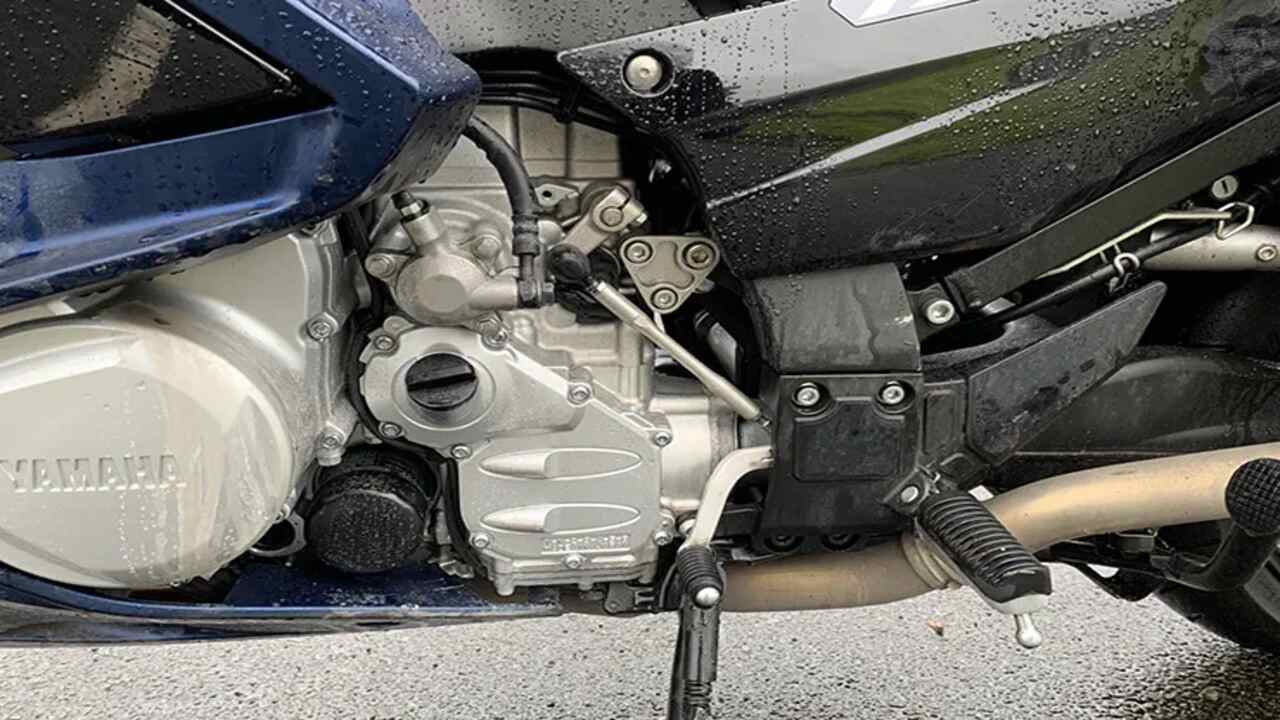
Problems with the brakes on your Yamaha FJR1300 motorcycle can stem from various causes – such as worn brake pads, damaged rotors or even a malfunctioning braking system. So, regular maintenance and inspection of your brakes are crucial to prevent such problems from occurring.
To ensure optimal braking performance, replace worn-out rear brake pads and damaged rotors as soon as possible. If you experience any issues with your braking system, consider seeking professional help from a mechanic. Remember to use high-quality brake components and adhere to proper braking techniques while riding your motorcycle.
Repeated Ticking Noise
When diagnosing and resolving potential issues with your vehicle, one common problem to look out for is a repeated ticking noise. This noise can indicate an underlying mechanical problem that needs attention. Find a quiet environment and park your vehicle in a well-lit area to listen for the ticking noise.
Turn off the engine and open the hood to carefully listen for any repetitive ticking sounds coming from the engine compartment or other areas of the vehicle. Potential causes of the ticking noise include malfunctioning valve lifters or camshaft followers, clogged oil passages, or loose/worn-out belts like the timing or serpentine belts. Spark plugs are essential to a Yamaha FJR1300 motorcycle’s ignition system.
Difficulty When Downshifting
Downshifting difficulties can arise from bad oil or clogged/corroded pivot points. Bad oil can lead to increased friction and jerky gear shifts, while clogged or corroded pivot points hinder the smooth movement of transmission components.
Regular maintenance, including oil changes, is crucial to prevent such problems and ensure optimal performance. Various problems have plagued the models of Yamaha FJR1300. The exhaust system of the Yamaha FJR1300 is prone to developing issues over time. The light on the Yamaha FJR1300 is not working properly. Earlier models of the Yamaha FJR1300 had reported issues with the electrical system.
Excessive Heat From Engine
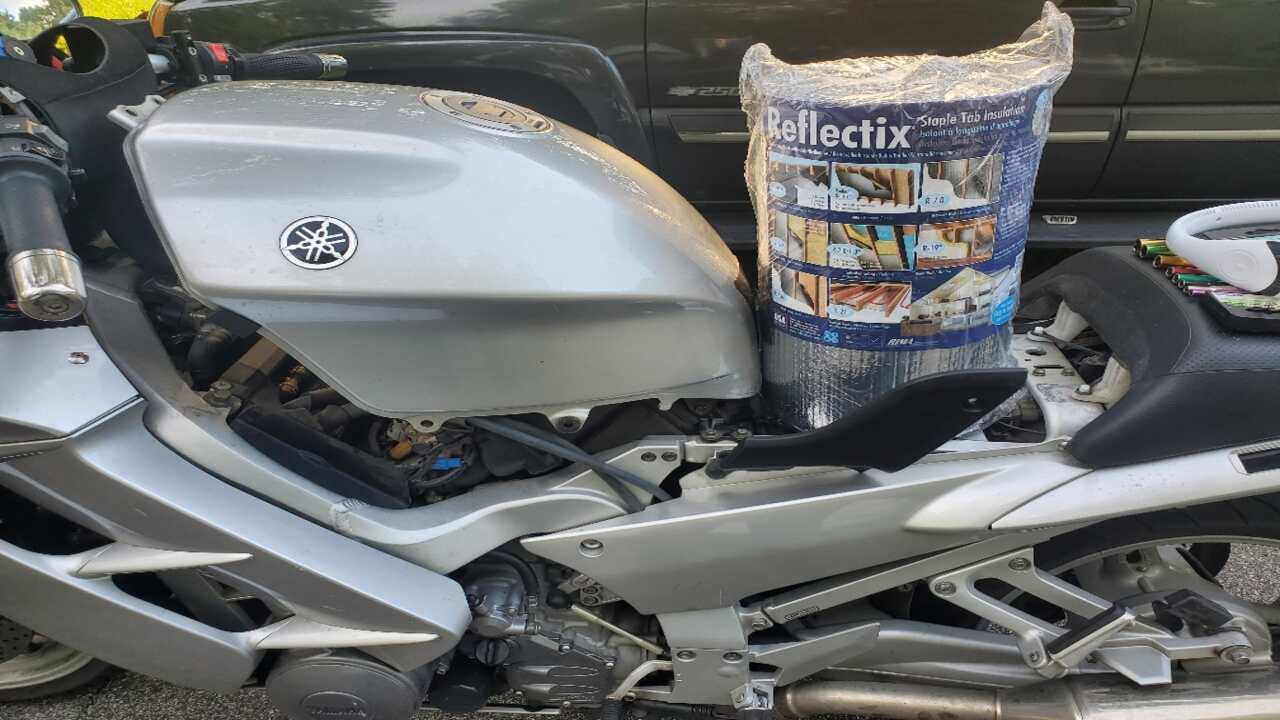
Excessive heat from an engine can be a cause for concern as it can lead to various mechanical issues and potentially compromise the performance and safety of the vehicle. When the engine becomes excessively hot, it is important to identify the underlying cause and implement appropriate solutions to prevent further damage. The cam chain tensioner on the Yamaha FJR1300 is known to be a common issue.
One possible solution to address excessive heat from the engine is to check the coolant levels regularly. Insufficient coolant can contribute to overheating, so ensure the coolant reservoir is filled to the appropriate level. Additionally, inspecting the condition of the coolant itself is important, as old or contaminated coolant can lose its effectiveness in regulating temperature.
Troubleshooting Tips For Yamaha FJR1300
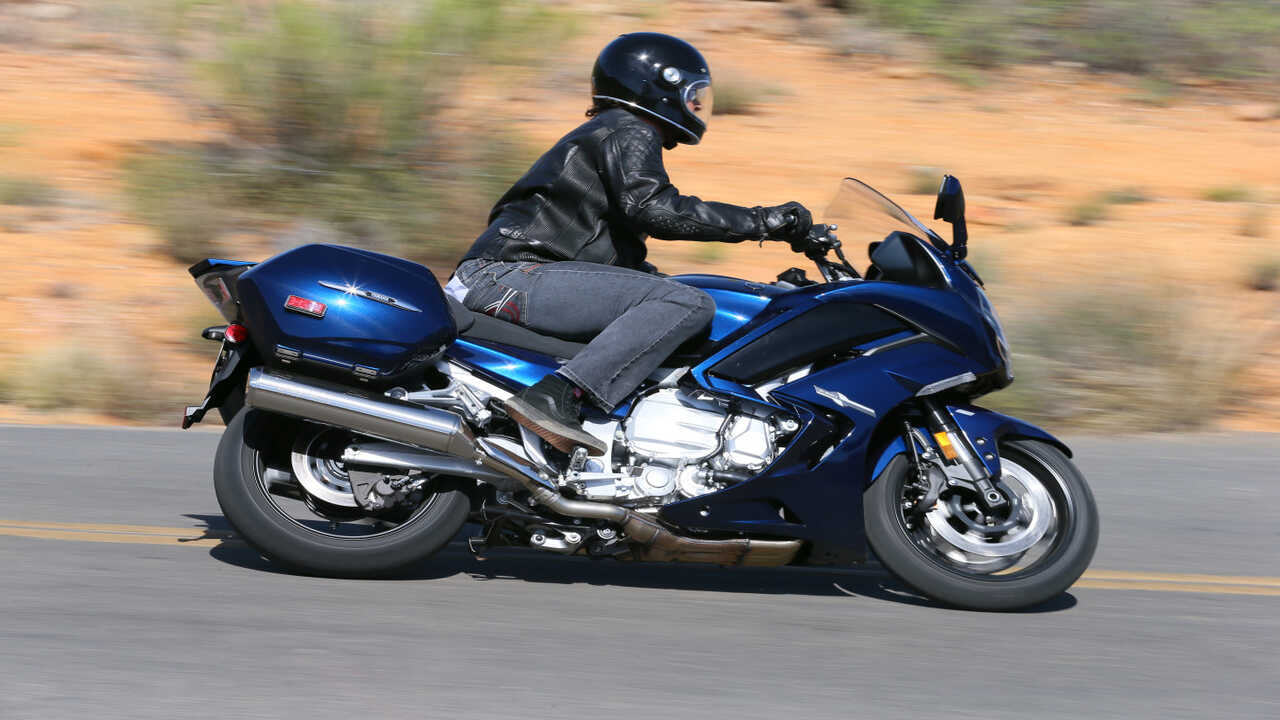
To troubleshoot any issues with your Yamaha FJR1300 motorcycle, start by checking the battery and charging system. Inspect the fuel system, including the fuel filter and injectors. Look for any loose or damaged battery connection in the electrical system.
Check the airbox and air filter for any buildup or damage affecting your motorcycle’s performance. Additionally, inspect the brakes, tires, and suspension regularly to ensure proper function. Keeping up with routine maintenance tasks such as chain lubrication, coolant level checks, valve adjustments, and torque settings can help prevent common problems from occurring.
- Battery: Check charge and connection
- Fuel System: Verify level, check for clogs or leaks
- Ignition System: Inspect spark plugs and coils
- Electrical System: Check wiring and connections
- Throttle and Clutch: Verify smooth operation
- Tires and Suspension: Check pressure, tread, and components
- Brakes: Inspect pads, rotors, and fluid levels
- Exhaust System: Look for leaks.
Maintenance Tips To Prevent Problems
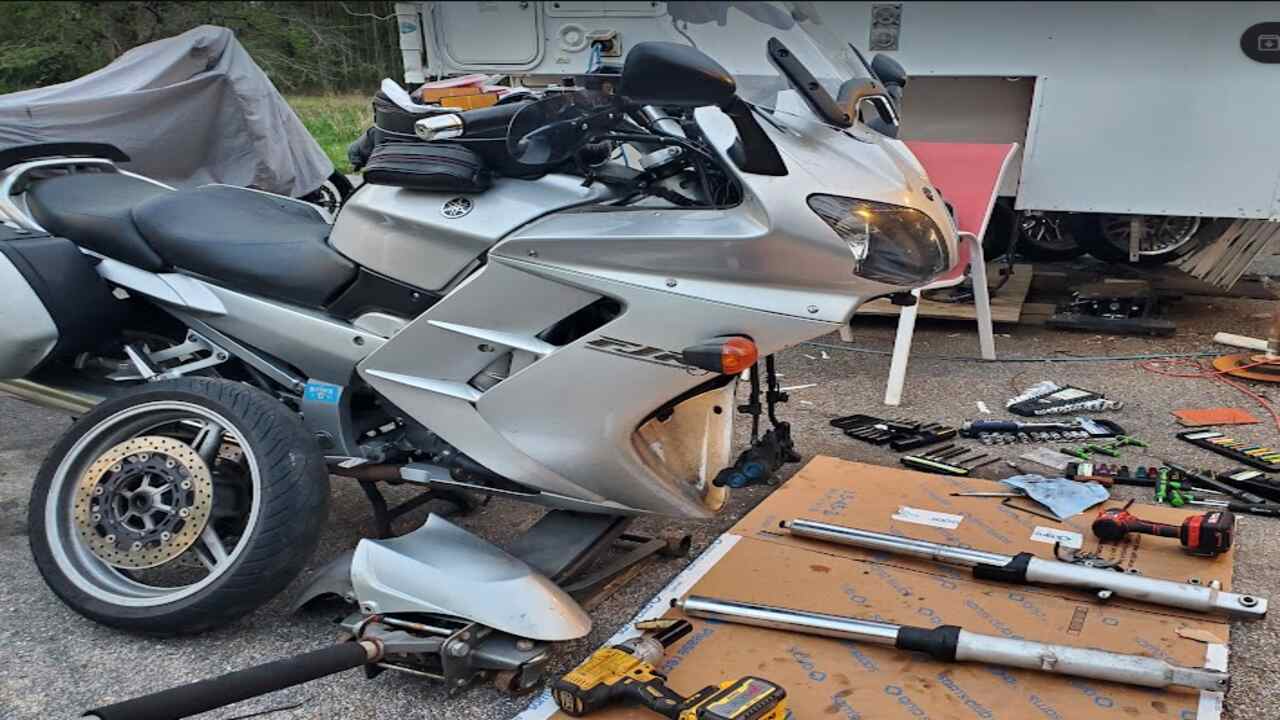
The Yamaha FJR1300 is a popular motorcycle among riders, known for its powerful engine and comfortable ride. The 2003-2007 models of the Yamaha FJR1300 have been reported to have some problems. However, like any vehicle, it requires regular maintenance to prevent problems from occurring. Here are some maintenance tips to keep your Yamaha FJR1300 running smoothly.
Following these maintenance tips can help prevent common problems with the Yamaha FJR1300, such as engine or braking problems. Staying on top of maintenance is important to ensure your motorcycle runs smoothly for years.
- Regularly check the oil level and change the oil as needed.
- Keep the air filter clean and replace it when necessary.
- Inspect the brakes and tires regularly and replace them if they show signs of wear.
- Check the battery often and replace it if it is not charged.
- Keep the chain lubricated and adjusted properly.
Conclusion
Yamaha FJR1300 problems are some daily things owners have faced, but most have solutions. From battery issues to brake problems, we’ve covered it all. However, prevention is always better than cure. Regular maintenance and inspections can help you avoid many of these problems in the first place. In troubleshooting, please don’t panic, be patient and follow our tips to diagnose and fix the problem efficiently.
Owning a Yamaha FJR1300 is an investment that requires care and attention. Stay ahead by being proactive with your motorcycle’s maintenance schedule. By addressing these problems promptly, riders can maintain their enjoyment of the FJR1300 and extend its lifespan.
With proper maintenance, careful attention to the bike’s performance, and the assistance of a qualified mechanic when necessary, riders can keep their Yamaha FJR1300 running smoothly and enjoyably for many years to come.
Frequently Asked Questions
How Long Will An FJR1300 Last?
The lifespan of an FJR1300 can vary depending on factors such as maintenance, usage, and care. However, with regular maintenance and proper care, the FJR1300 has the potential to last for several hundred thousand kilometers or more.
Is Yamaha FJR1300 Reliable?
Yes, the Yamaha FJR1300 is generally considered to be a reliable motorcycle. It is known for its strong engine performance, smooth ride, and durability. The plug on my Yamaha FJR1300 keeps fouling, causing starting issues.
What Is The Top Speed Of The FJR1300?
The top speed of the FJR1300 is approximately 150 mph. The FJR1300 is a high-performance sport-touring motorcycle manufactured by Yamaha.
How Heavy Is A FJR1300?
The FJR1300 weighs approximately 635 pounds (288 kilograms). The FJR1300 is a highly sought-after motorcycle known for its power and performance.
Is The FJR1300 Easy To Ride?
Yes, the FJR1300 is generally considered to be easy to ride. It has a comfortable riding position, smooth power delivery, and intuitive handling. The bike’s advanced technology, such as adjustable suspension and traction control.
